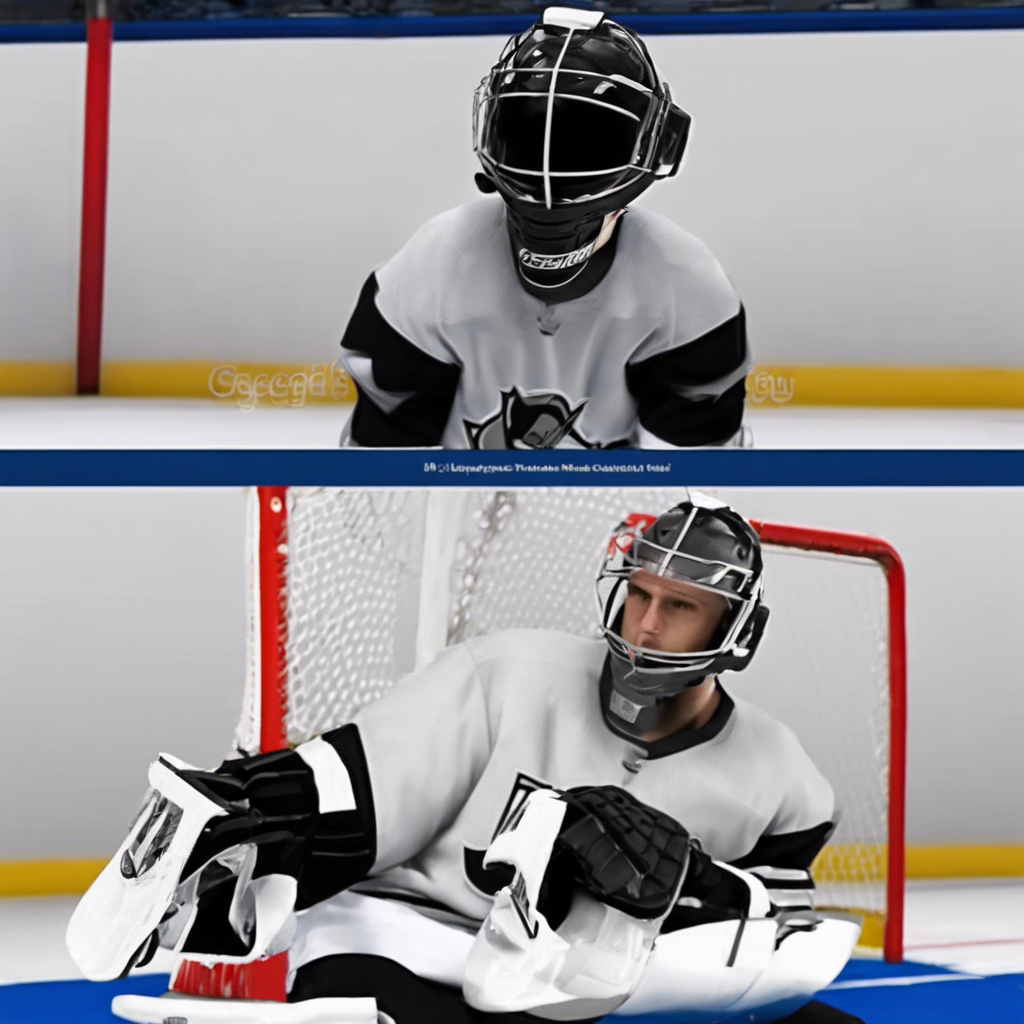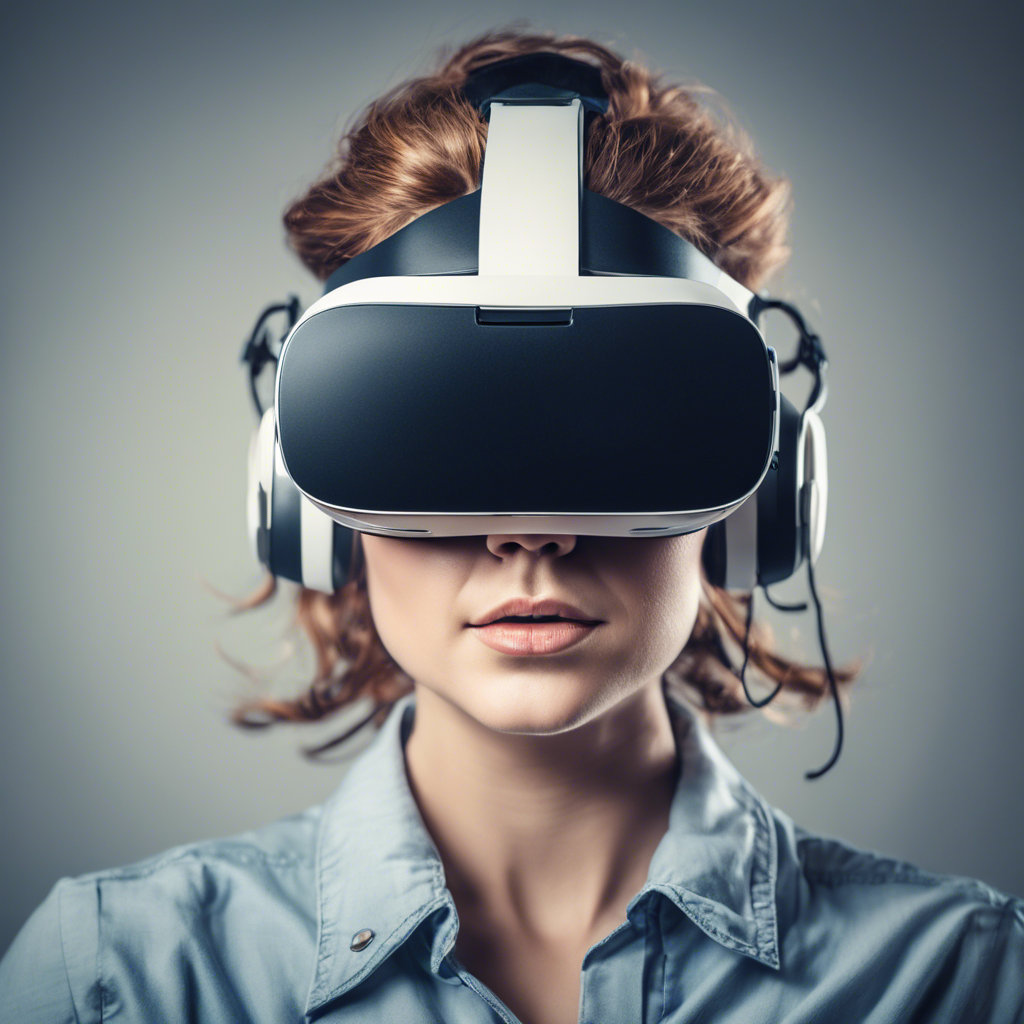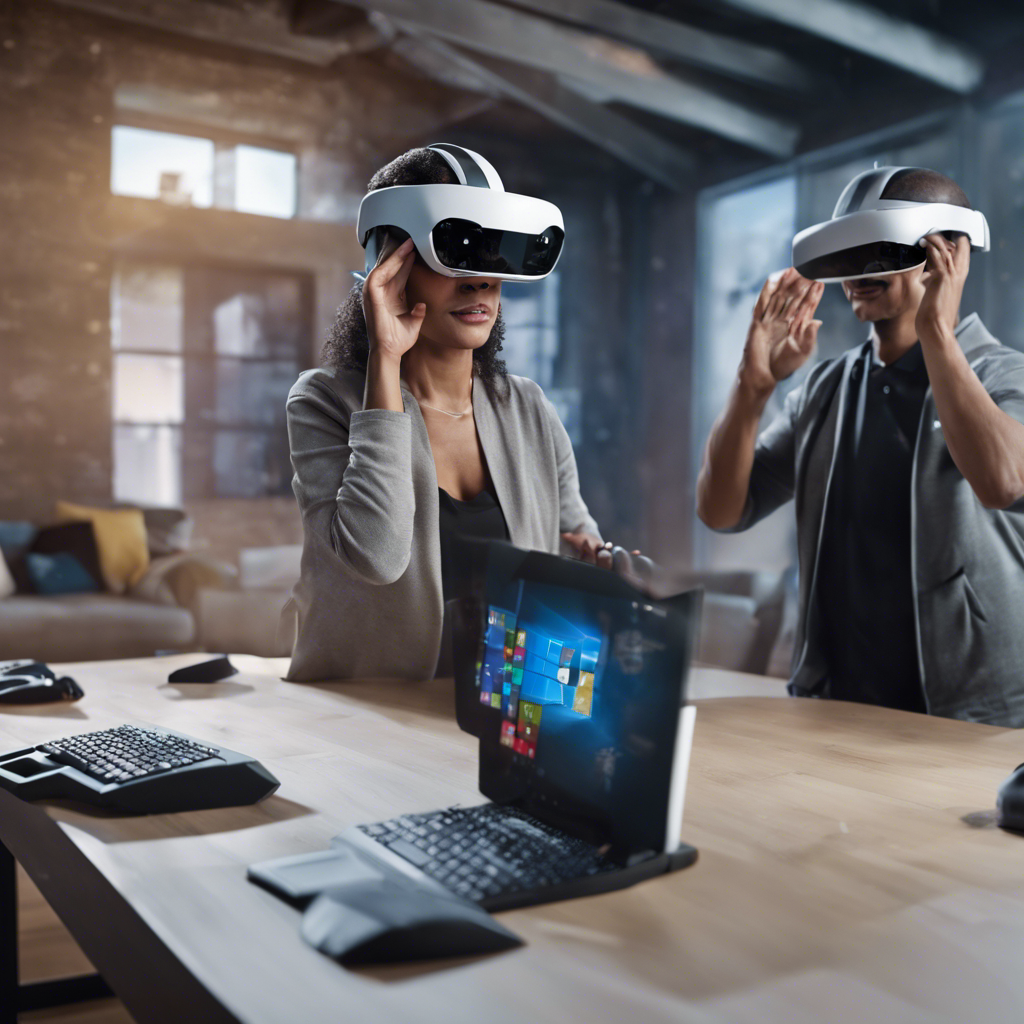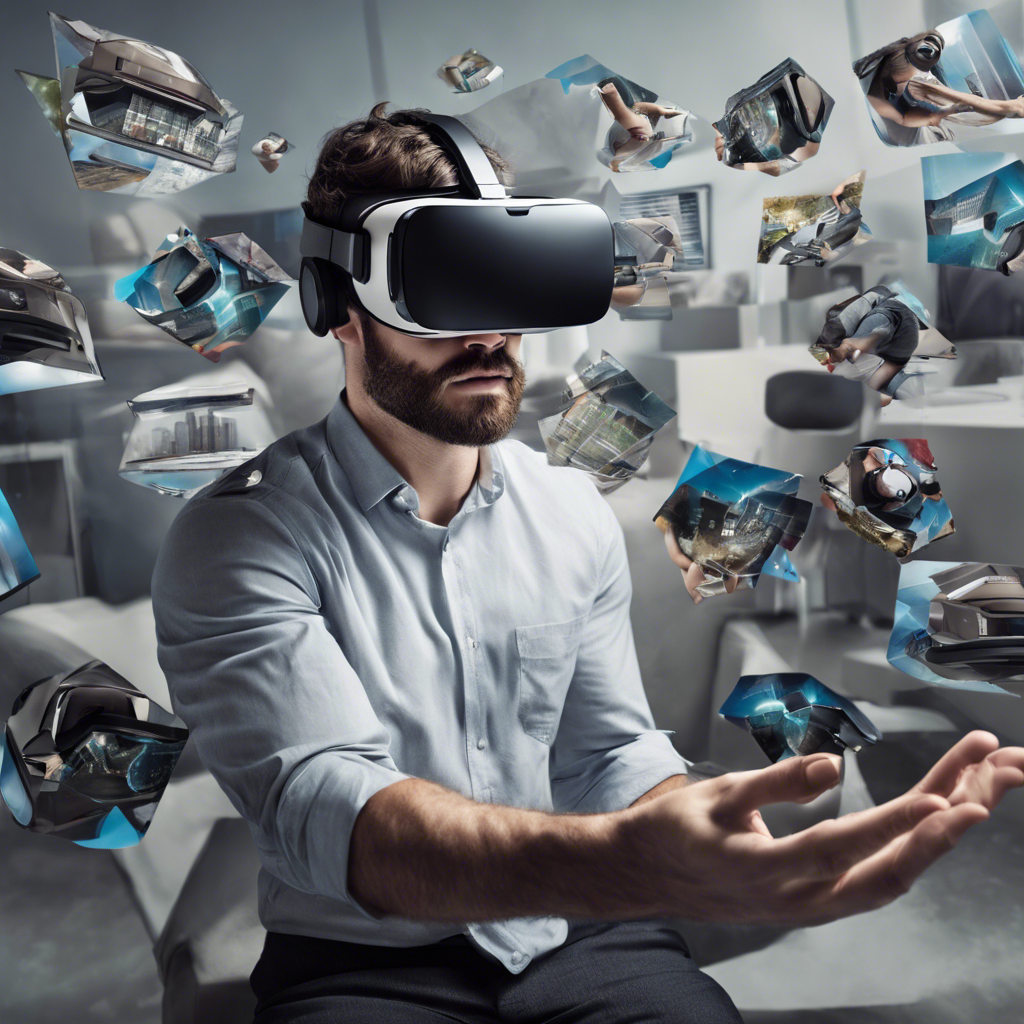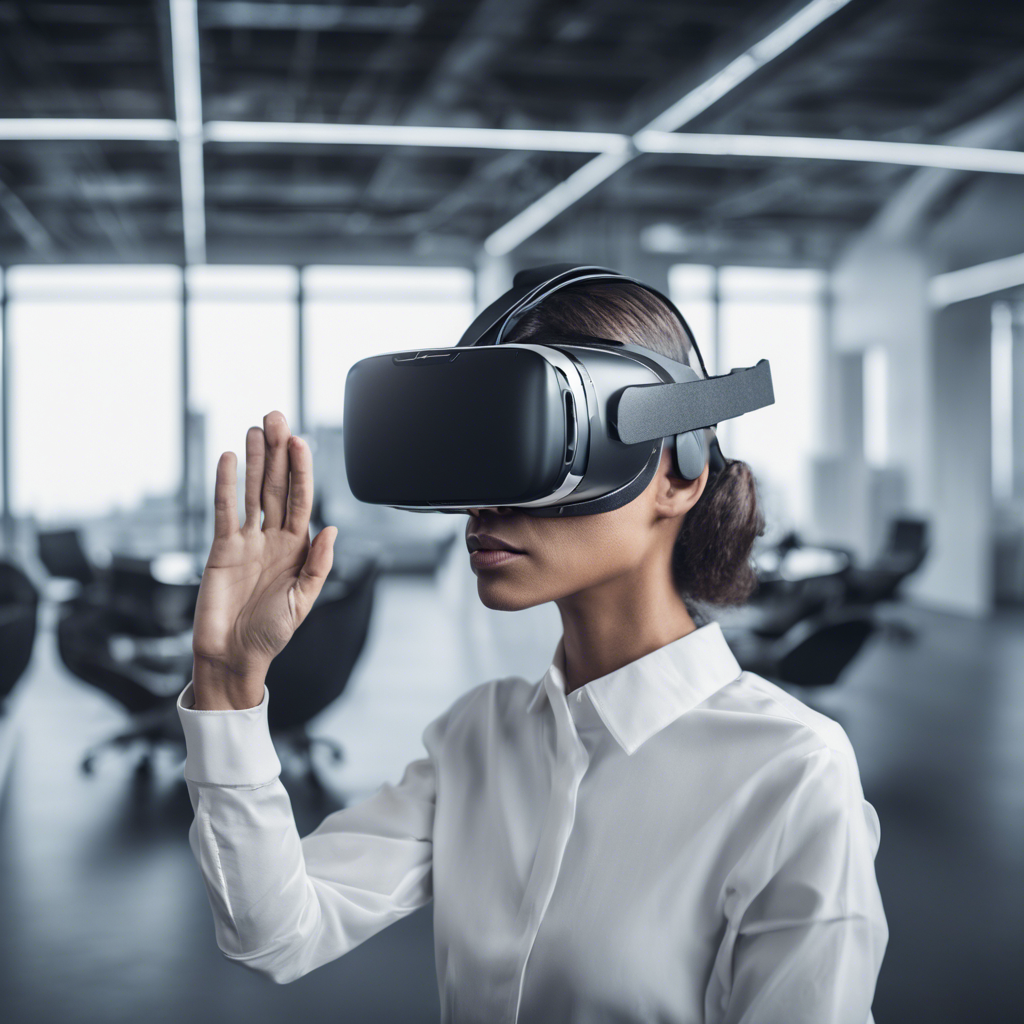NHL goalies are turning to virtual reality training programs like NHL Sense Arena to improve their skills and performance on the ice.
Virtual reality has become a game-changer in the world of sports training, and NHL goaltenders are no exception. With the advent of programs like NHL Sense Arena, goalies can now enhance their skills and prepare for games using virtual reality simulations. From cognitive warm-up drills to facing shots from actual NHL shooters, this technology is revolutionizing the way goalies train and perform. In this article, we will explore how NHL goalies are incorporating virtual reality training into their routines and the benefits they are experiencing.
The Power of Virtual Reality in NHL Goaltending Training
NHL goaltenders like Joey Daccord of the Seattle Kraken have embraced virtual reality training as an integral part of their game-day preparations. Daccord uses NHL Sense Arena to fine-tune his mechanics and improve specific areas of his game, such as his glove hand. By using the Goalie Cannon drill, he can control the direction of virtual shots and focus on making perfect saves. The program provides real-time feedback, allowing him to see exactly where the puck hit his blocker or glove. This immersive training helps goalies like Daccord feel more confident and prepared when they step onto the ice.
From Youth Leagues to NHL Ice: The Reach of NHL Sense Arena
NHL Sense Arena, formerly known as Sense Arena, has recently partnered with the NHL to bring its virtual reality training program to a wider audience. Goalies of all levels, from youth leagues to beer leagues, can now experience what it’s like to train on NHL ice surfaces and in NHL locker rooms. The program allows users to dress up their virtual selves as members of any of the 32 NHL teams and even play against them. While NHL goalies like Devon Levi and Joey Daccord have been the most active users during the season, other goalies have also utilized the program during the offseason or when access to ice time is limited.
Real Shots, Virtual Pucks: The Benefits of Video Drills
One of the standout features of NHL Sense Arena is the ability for goalies to face shots from actual NHL shooters in video drills. The program uses footage of NHL players shooting pucks to create virtual pucks that come towards the goalie in a VR headset. This allows goalies to read the releases of NHL shooters and improve their ability to anticipate and react to shots. Goalies can also dictate where the virtual players shoot, providing a consistent and reliable training experience. The program tracks results, offers diagnostic tools, and allows goalies to review replays to analyze their performance.
Enhancing Performance and Resting the Body
NHL goalies like Eric Comrie of the Buffalo Sabres utilize NHL Sense Arena during the offseason or when they are injured and unable to get onto the ice. Comrie appreciates the ability to review replays from the perspective of the puck coming off the shooter’s stick, allowing him to see how much of the net he was covering and how little movement is actually required. This type of training not only enhances performance but also helps goalies conserve energy and reduce wear and tear on their bodies. It provides an opportunity to stay sharp and improve skills even when physical ice time is limited.
Conclusion:
Virtual reality training programs like NHL Sense Arena are revolutionizing the way NHL goalies prepare for games and improve their skills. From cognitive warm-up drills to facing shots from actual NHL shooters, this technology offers an immersive and effective training experience. NHL goalies like Joey Daccord, Devon Levi, and Eric Comrie have embraced virtual reality training as a valuable tool in their routines, allowing them to fine-tune their mechanics, read releases, and conserve energy. As technology continues to advance, it will be fascinating to see how virtual reality training further transforms the world of sports.







